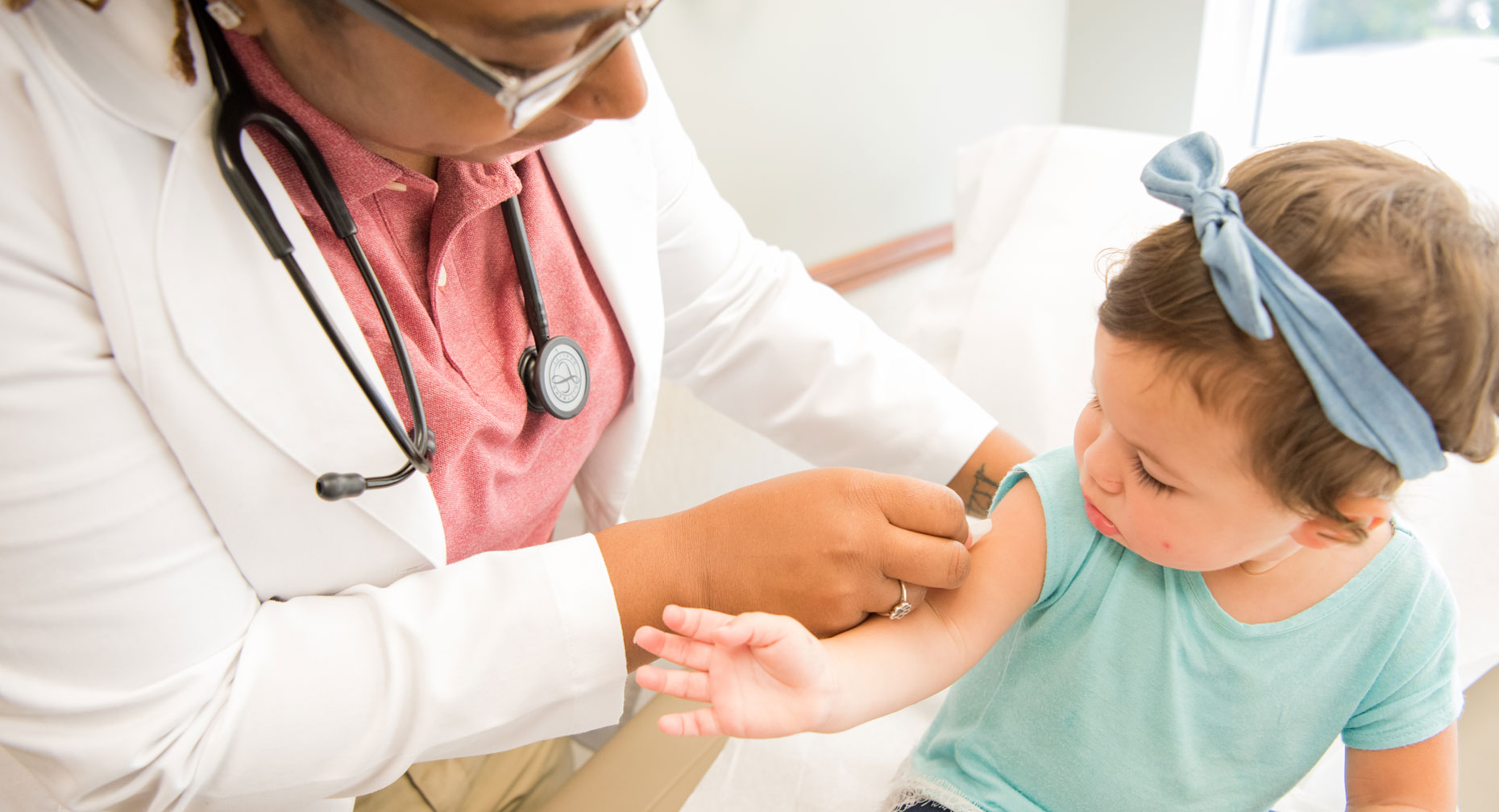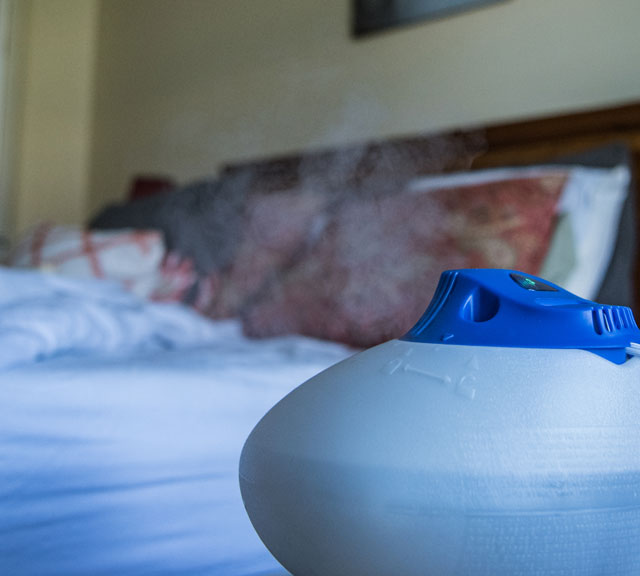Whooping Cough: Is Your Whole Family Protected?

Answer a few questions and we'll provide you with a list of primary care providers that best fit your needs.
Think vaccines have wiped out whooping cough? Think again. Since the 1980s, the United States has seen a rise in cases of whooping cough, also known as pertussis.
Because of this recent resurgence, and the fact that the illness is so risky in infants, you should be aware of what whooping cough is, and how you can best protect your family from it.
What Is Whooping Cough?
Whooping cough, or pertussis, is a highly contagious upper respiratory infection caused by a type of bacteria called Bordetella pertussis. It typically starts out with mild symptoms similar to the common cold, such as a runny nose and fever. Then a cough develops after one to two weeks. The sinus symptoms may go away, but the intense cough can stay. The coughing can be so intense that it may cause breathing troubles and bouts of vomiting.
Some people with pertussis make a whooping sound when they catch their breath while coughing. That’s why it’s commonly called whooping cough.
Whooping cough can be prevented with the DTaP shot for infants, and the Tdap booster for older children and adults.
Vaccination is the best way to prevent whooping cough — for your whole family.
Who Is Most At Risk?
Infants under 1 year old are most at risk, as nearly half who are infected must be hospitalized. The infection can cause severe breathing problems in babies.
Others who are at risk include:
- Children and teens age 11 to 18 who haven’t had a booster shot of the vaccine
- Anyone who hasn’t been vaccinated or who hasn’t had a booster shot
How Is Whooping Cough Transmitted?
Whooping cough is spread through person-to-person contact. This typically happens via coughing or sneezing, and when you share breathing space with others for an extended period. Babies often catch the illness from an older sibling, parent, or caregiver who might not know they have the disease.
Whooping Cough Diagnosis And Treatment

Whooping cough can be diagnosed through:
- A history of signs and symptoms
- A physical exam
- Lab test
- Blood test
- Chest X-ray
Your doctor or health care provider will also ask you about recent exposure to others with whooping cough.
The illness is commonly treated with antibiotics, usually for two weeks. Early treatment is important. Antibiotics are most effective when given early in the illness, before coughing fits begin. In later stages of whooping cough — after three weeks — the bacteria are gone from your body, though your symptoms may remain. Cough medicines typically do not help treat whooping cough.
Prevention Of Whooping Cough
Vaccination is the best way to prevent whooping cough — for your whole family.
Children are typically vaccinated at 2, 4, and 6 months with the DTaP shot, again at 15 to 18 months, with another dose at age 4 to 6. School-age kids generally receive the booster Tdap shot around age 11 to 12.
Adults can get a booster Tdap at any time. To reduce the risk of whooping cough in new mothers and their young babies, the Centers for Disease Control and Prevention (CDC) recommends that pregnant women receive the Tdap vaccine during each pregnancy.
You can still catch whooping cough if you’ve had the vaccine. But your chances are greatly reduced if you’ve been vaccinated. The symptoms are generally milder in teens and adults, especially in those who have been vaccinated.
As with all vaccines, talk to your doctor or health care provider about your health history before getting the vaccine.
Immunity to the illness can fade over time after you’ve been vaccinated. That’s why it’s particularly important for older children and adults to keep up with their pertussis vaccine, so they don’t spread the illness to infants.
Answer a few questions and we'll provide you with a list of primary care providers that best fit your needs.
Source: American Academy of Pediatrics; Centers for Disease Control and Prevention




